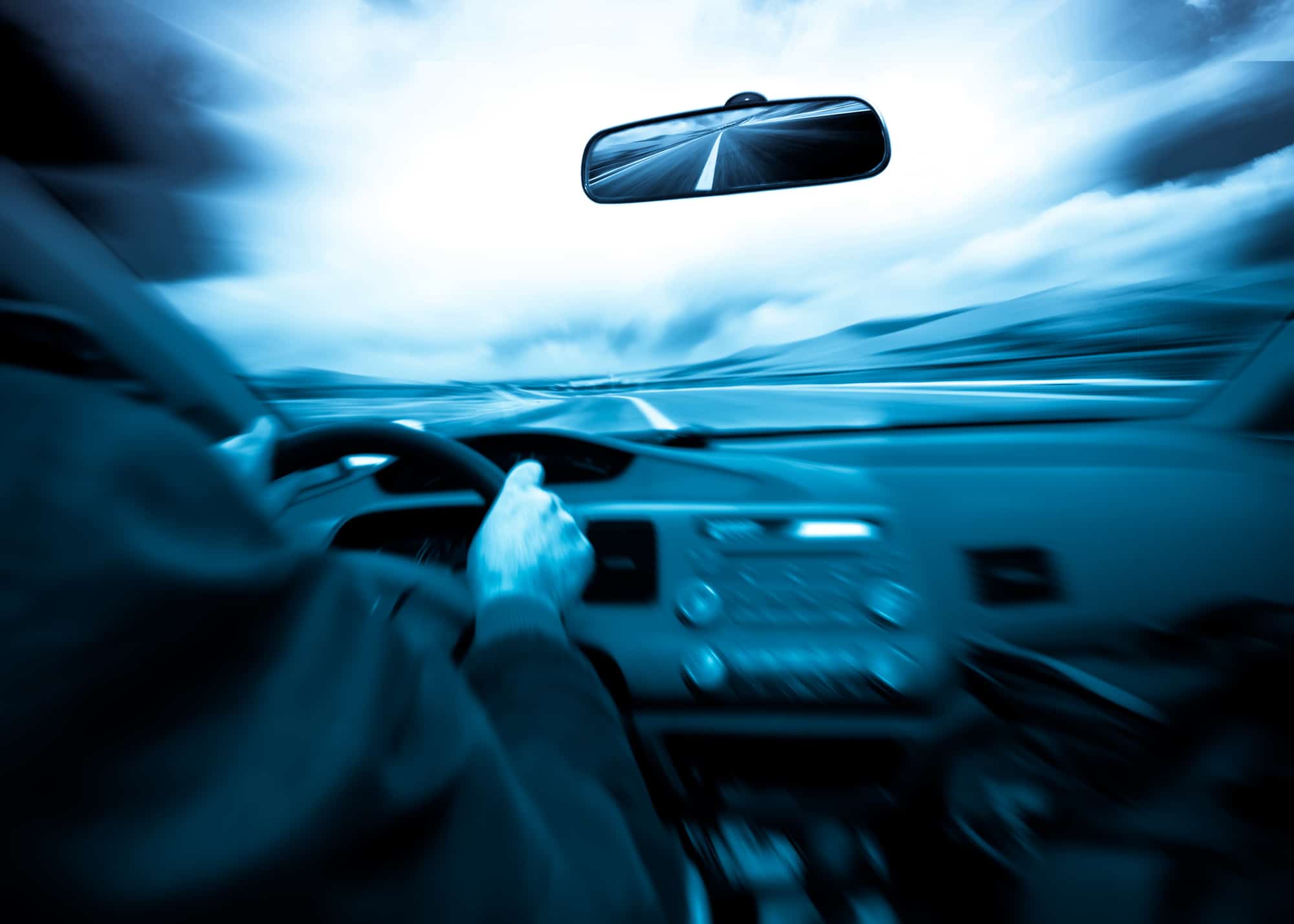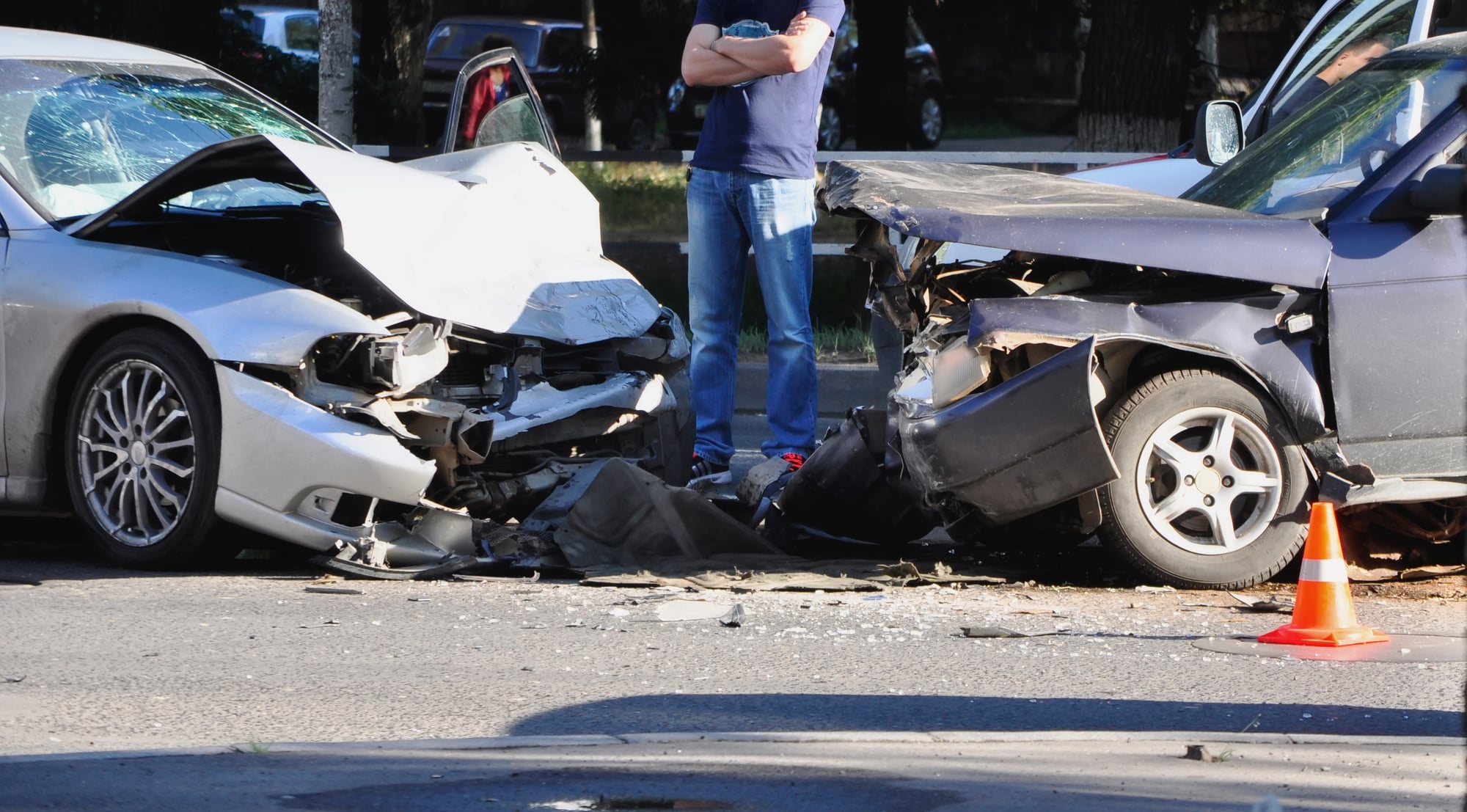Roundabouts have become a popular traffic control solution across the United States. Many cities and towns have built roundabouts that replace intersections with heavy traffic in an effort to reduce the number of accidents and help the flow of traffic. But are roundabouts really safer than regular intersections, and who is at fault if an auto accident occurs in one of them? An auto accident attorney in Scottsdale at our firm provides an overview of roundabout rules and safety and explains how fault is determined in case of an accident.
Are Roundabouts Safer Than Intersections?
A roundabout is built in a generally circular shape with a geometry that forces vehicles to slow down. Vehicles enter in a counterclockwise circulation and do not need to switch lanes in order to exit. Roundabouts are also configured to require vehicles to yield to circulating traffic. Several studies conducted over the years have shown that roundabouts can dramatically reduce the number of accidents and their severity when compared to traffic lights alone, as their shape and curvature require traffic to slow down, and their design includes several areas called splitter islands that divide traffic and make it safer for pedestrians to cross.
A study conducted by the Arizona State University analyzed 17 roundabouts in five different cities in Arizona to determine whether a roundabout and its configuration (single-lane vs. double-lane) had any effects on accident rates and severity. In terms of the number of accidents, it was found that single-lane roundabouts reduce the accident rate, while double-lane roundabouts increase the accident rate. However, the study found that both single-lane and double-lane roundabouts reduced the level of severity of accidents, meaning fewer catastrophic or disabling injuries and fewer fatalities occurred. For these reasons, roundabouts are regarded by many as a feasible solution to control traffic and reduce the rate of serious or fatal crashes at intersections.
What Are the Rules to Control Traffic in a Roundabout?
The rules to safely go through a roundabout are fairly simple, yet many drivers who are unaccustomed to this form of traffic control may find themselves confused when coming across one of these structures. When approaching a roundabout, it is important to slow down and yield to vehicles already in the roundabout.
You should also yield to pedestrians in the crosswalk before entering the roundabout, and once you have entered the roundabout, you may not switch lanes. Finally, pedestrians on the crosswalks should yield to vehicles already in the roundabout. In other words, if a vehicle is already in the roundabout, it has the right of way over pedestrians and other vehicles. All other vehicles must be prepared to yield until it is their turn to enter the roundabout. It is worth noting that not knowing these rules is not a solid defense strategy in case of an accident.
How Is Fault Determined in a Roundabout Accident?
The most common causes of accidents in a roundabout are failure to yield the right of way to vehicles in the roundabout, switching lanes in the roundabout, or yielding to vehicles or pedestrians that do not have the right of way. If a crash occurs while two or more vehicles are going through a roundabout, fault is determined the same way as any other auto accident. The scene of the accident is investigated, and evidence such as police reports, witness statements, and dash camera videos can all be used to pinpoint liability.
For example, suppose vehicle A had just entered the roundabout from the first exit and was headed towards the third of four exits. Vehicle B was waiting at the second exit and failed to yield to Vehicle A, cutting right in front of it. Vehicle A’s driver ends up slamming the car right into Vehicle B’s driver-side door. The sudden impact caused a third vehicle to rear-end Vehicle A, and all vehicles sustained significant damage. The drivers and passengers sustained moderate injuries, such as bruises and cuts.
In this imaginary scenario, the driver of Vehicle B would likely be mostly at fault for the roundabout collision because they did not have the right of way to enter the roundabout at the time. It may also be determined that the driver of the third vehicle also contributed to the accident to a lesser degree because they were following Vehicle A too closely and were driving too fast. Roundabout accident cases can get complicated, so it’s important to rely on a skilled car accident to help you determine liability for your damages and seek adequate compensation.
How Can You Recover Compensation for a Crash in a Roundabout?
If you were injured and your vehicle was damaged as a result of a roundabout accident, your first and most likely option to recover compensation is to file an insurance claim with the at-fault driver’s auto insurance company. In order to do that, you will want to be prepared to show that the at-fault driver did not respect the rules of the roundabout and behaved negligently, causing the accident and your injuries. If your claim is accepted, you may receive compensation for your injuries and property damage.
Unfortunately, insurance companies prefer to protect their profits and can often delay or deny legitimate claims to achieve their goal. If that is the case, your next option may be to seek litigation and take matters into the courtroom. A car accident attorney can help you put together a strong case to seek compensation for your financial losses as well as pain, suffering and emotional distress resulting from the accident.
If you were involved in a roundabout accident in Scottsdale or surrounding areas, reach out to the Wilson Ortiz Law Firm by calling 623-294-1442 and requesting a free case analysis to learn your options.




